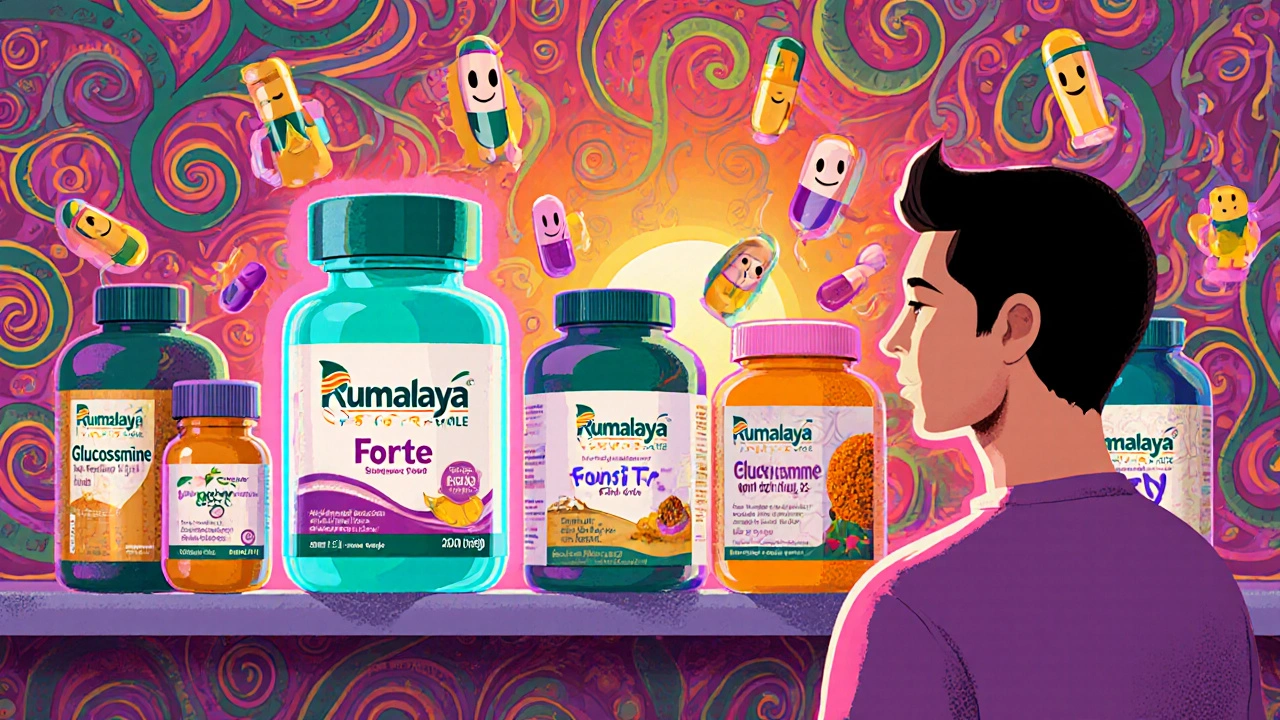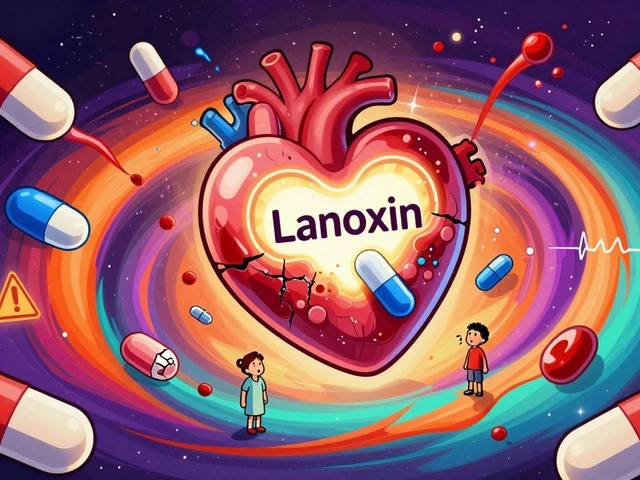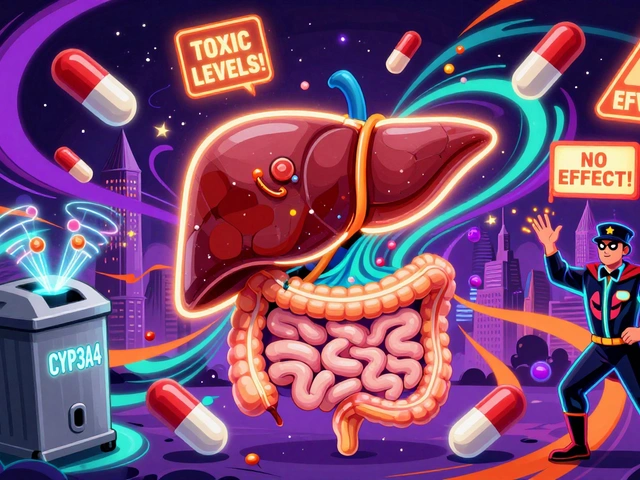Best Alternatives: Comparing Drugs and Treatment Options
When looking for best alternatives, the most suitable substitute therapies for a given condition. Also known as alternative treatments, it helps patients and clinicians weigh options beyond the first‑line drug.
One key related concept is drug comparison, a side‑by‑side analysis of efficacy, safety, dosing and cost for similar medications. This practice requires reliable clinical data and real‑world experience, making it essential for informed decisions. Another important entity is medication alternatives, substitutes that share a therapeutic goal but differ in mechanism or side‑effect profile. Choosing the right alternative can reduce adverse events and improve adherence. Finally, treatment options, the full range of pharmacologic and non‑pharmacologic interventions available for a condition shape the overall care plan and influence long‑term outcomes.
These entities interlock in several ways. Best alternatives encompass drug comparison, because understanding how drugs stack up reveals which substitutes truly fit a patient’s needs. Drug comparison relies on clinical efficacy data, linking it directly to treatment options that aim for optimal results. Medication alternatives influence treatment decisions by offering different side‑effect profiles, which can affect adherence and quality of life. Together, they create a decision‑making framework that clinicians use daily.
What you’ll find in this collection
The articles below dive deep into specific drug pairs and classes. You’ll see real‑world comparisons like Acamprosate vs naltrexone for alcohol dependence, Clonidine versus its hypertension and ADHD counterparts, and Hydroxyurea against newer sickle‑cell therapies. There are also guides on off‑label uses, such as Misoprostol, and broader topics like how stress fuels stomach ulcers or how chiropractic care eases muscle conditions. Each piece highlights key attributes—efficacy, safety, cost, and usage tips—so you can spot the best alternative for your situation.
Whether you’re a patient hunting for a cheaper generic, a caregiver weighing side‑effects, or a health professional updating a formulary, this roundup equips you with the facts you need. The range of conditions covered—from mood disorders and HIV to cholesterol management and erectile dysfunction—shows how far the concept of “best alternatives” stretches across medicine.
Now that you understand the framework, explore the detailed comparisons ahead. They’ll give you the practical insights to decide which alternative truly fits your health goals.
Rumalaya Forte vs Top Joint Supplements: Pros, Cons & Best Alternatives
A detailed comparison of Rumalaya Forte with top joint health alternatives, covering ingredients, pricing, evidence, pros, cons, and safety tips.





